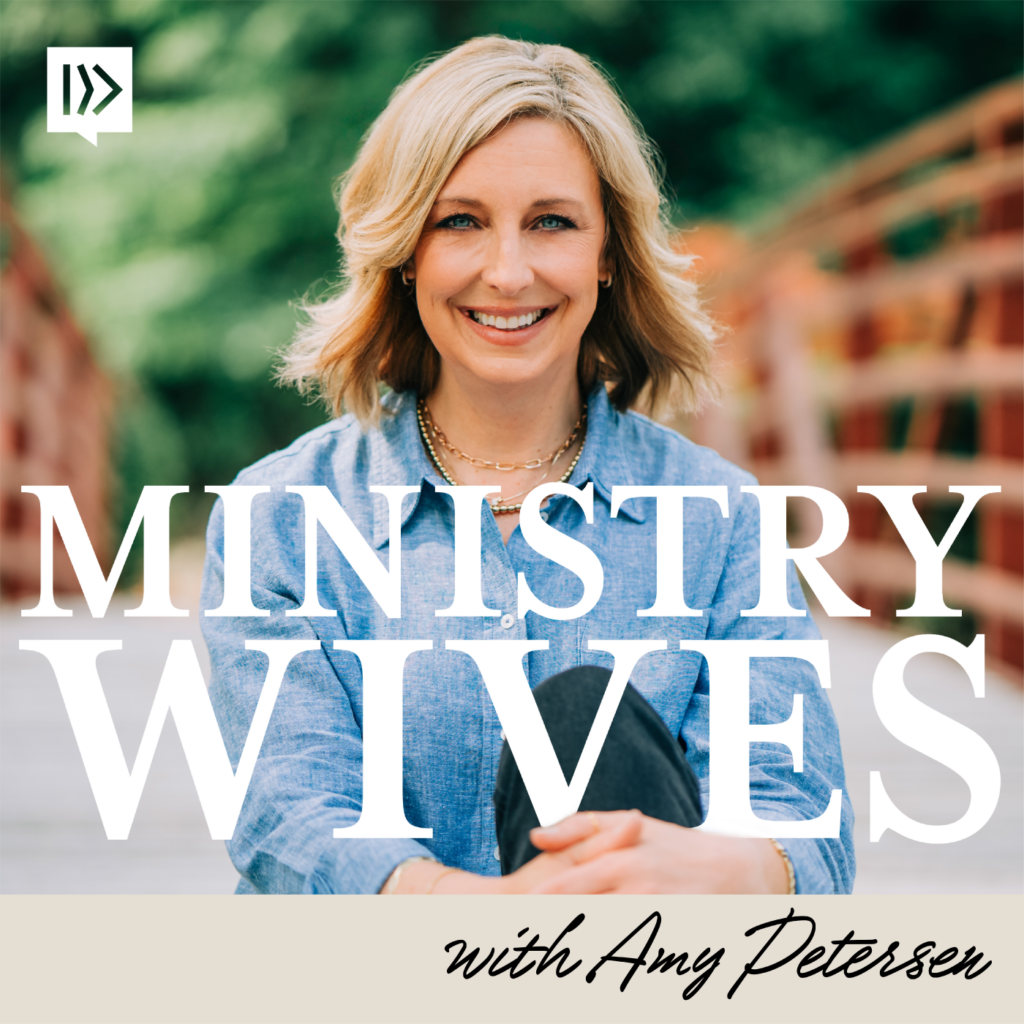In Monday’s blog we identified the biggest ministry lesson from 2014 to be the racial divide and the gospel.
Our love for all people created in the image of God PLUS the unyielding belief in the power of the gospel requires something from us, not just in theory but in practice too. It is faithless and cowardly to not seek personal engagement in order to bring change in the clear racial divide particularly among believers. Doing nothing is not an option for people marked by the gospel.
Here are three actions to take to help close the racial divide:
Listen and Learn
We have already stated that our lens creates a narrow perspective. That must change. We must become radically intentional. Expose yourself to experiences, history, art, music and culture outside of YOUR lens. Staying uninformed is not an option. Big warning here: listen and LEARN. We know we are truly gaining a new perspective when our attitudes, perceptions and understanding quotient shifts even changes.
We need to listen and learn from others. Pursue face to face relationships. Initiate honest conversations even if they feel awkward. Ask questions. Then really listen. I (Susie) recently had lunch with friends, one of which was African American. Her comments regarding our nation’s racial tensions were respectful, but painfully honest regarding “white privilege.” Yes, it felt uncomfortable. But looking into her eyes and seeing her pain touched me deeply, and made me think longer and harder than ever about my own tidy little world.
We can listen and learn from books, movies and travel. Find resources that will broaden your limited viewpoint.
Consider some classics from African American literature:
- Letter from the Birmingham Jail by Martin Luther King Jr. It is there in that jail cell that he writes this letter; on the margins of a newspaper he pens this defense of non-violence against segregation. It would become the manifesto of the civil rights movement.
- Invisible Man by Ralph Ellison is a milestone in American literature, a book that has continued to engage readers since its appearance in 1952. A classic from the moment it first appeared, Invisible Man chronicles the travels of its narrator, a young, nameless black man, as he moves through the hellish levels of American intolerance and cultural blindness. Winner of the National Book Award for fiction.
- The Warmth of Other Suns: The Epic Story of America’s Great Migration by Isabel Wilkerson. Susie and I both read this epic work. A very enlightening and painful book to read concerning a period of Black history we knew little about. This book dramatically reshaped my lens on the Black experience in America.
The Warmth of Other Suns is a sweeping and yet deeply personal tale of America’s hidden 20th century history – the long and difficult trek of Southern blacks to the northern and western cities. This is an epic for all Americans who want to understand the making of our modern nation. — Tom Brokaw.
Fiction fuels our imagination and sharpens our perception. We can learn a great deal from contemporary literature and films:
- The Help. While a being a very entertaining novel, Kathryn Stockett uncovered the painful realities in the Jim Crow south. The movie was unique with a powerful mix of humor amidst disturbing unforgettable scenes and dialogue. The same could be said for the movie The Butler, the story of Cecil Gaines who served eight presidents during his tenure at the White House. Recognizing how the cultural upheavals of the sixties affected black families adds another layer to their epic story.
- The Invention of Wings by Sue Kidd Monk.
Potent. . .Tells a searing and soaring story of two women bound together as mistress and slave. . .a beautifully written book about the awe-inspiring resilience of America’s enslaved people. It’s a provocative reminder of why slavery’s wounds still scar the country 250 years later. — USA Today
- The just released movie Selma retells the story of the 1965 “Bloody Sunday” march across Edmund Pettus Bridge in Selma, Alabama. This movie challenges all ethnicities to study the facts of the historic struggle for voting rights by African Americans in the 1960s South. In a review by Baptist press, Chris McNairy, founder of the Urban Fusion Network says, “The movie brings out that point that there is a history that we cannot throw away.” This is a powerful film that pulls you into the story of Martin Luther King and other civil rights leaders. It should be of special interest to our readers, as the civil rights movement was led by pastors and spiritual leaders with a strong biblical message – the equality of all men.
Articles and Blogs provide us endless resources:
- Why We Fail to Progress Past Ferguson by J.D. Greear.
- Something’s Wrong for Our Sisters by Grace Biskie. Beyond the troubling headlines, the stats and numbers provide further evidence. The maternal mortality rate for black women is three times that of white women—on par with several developing nations. In fact, today, a woman in Lebanon has a much greater likelihood of surviving childbirth than a black woman in America. Black women are especially likely to be a victim of violence. In fact, no woman is more likely to be murdered in America today than a black woman. No woman is more likely to be raped than a black woman. And no woman is more likely to be beaten, either by a stranger or by someone she knows.
- Cute Little Black Boys Do Grow Up To Be Black Men, PART II — And Now, They Are Ten by Heather Johnson-McCormick.
- Racism is a Symption of a deeper Issue that we don’t want to Address. by Allan Cross.
Lean in and Love
We must move TOWARDS into ALL kinds of diverse situations and people. Your context will dictate what this looks like. Again this will take intentionality and educating ourselves on the ethnic makeup of our communities. Extend yourself, be willing to get out of your comfort zone.
Put yourself in the position where YOU are the minority. When I was a young woman I visited the funeral home when one of our black church members lost her father. I was the only white person in a room filled family and friends. We both got a bit of laugh out of it then she said, “Kathy, this is how it is for me every Sunday.” Ironically, even though I watched her in our nearly all white congregation I never considered how it felt for HER to be in the minority at church.
If you lack proximity you will lack empathy. — Bryan Loritts
We cannot remain cloistered inside of experiences and worlds that lack diversity. This approach doesn’t consist of just occasional effort, but rather authentic intentionality and purposeful actions.
Lead
Do something. Watching the news and shaking our heads won’t do a thing. Perhaps you read this on a Starbucks cup, “Be the change you want to see in the world” yet there’s some truth here.
- Set an example by initiating connections with other races or nationalities at work, in the community, at church, etc. Everywhere.
- Practice genuine Biblical hospitality in your home. Moving diverse relationships from merely polite and superficial to greater depth.
- Do not permit biased language in your presence. Yes, this is tricky, and may not apply everywhere. But our silence can be perceived as agreement. There are many moments when this needs to be said, “I’m sorry, I am not comfortable with that language.” I (Kathy) was in a setting about seven years ago I was part of a conversation among believers where I KNEW I should have used this statement but didn’t. My silence was tacit agreement. I still regret that moment.
- Be proactive as a parent. You have the responsibility to develop their character which includes a gospel perspective on equality and all men being created in the image of God. Do it well, and start it early, because they will get signals early on. Please watch this video that went viral in December of 2014, it illustrates how young this starts.
We strongly urge you to be bold in closing the racial divide in YOUR world. Listen and Learn. Lean in and Love. Lead.
Love the Lord your God with all your heart, with all your soul, and with all your mind. This is the greatest and most important commandment. The second is like it: Love your neighbor as yourself. — Matthew 22:37-39
My little children, let us not love in word or in tongue, but in deed and in truth. — 1 John 3:18
Which of these suggestions will you act on this week?
Published January 14, 2015



